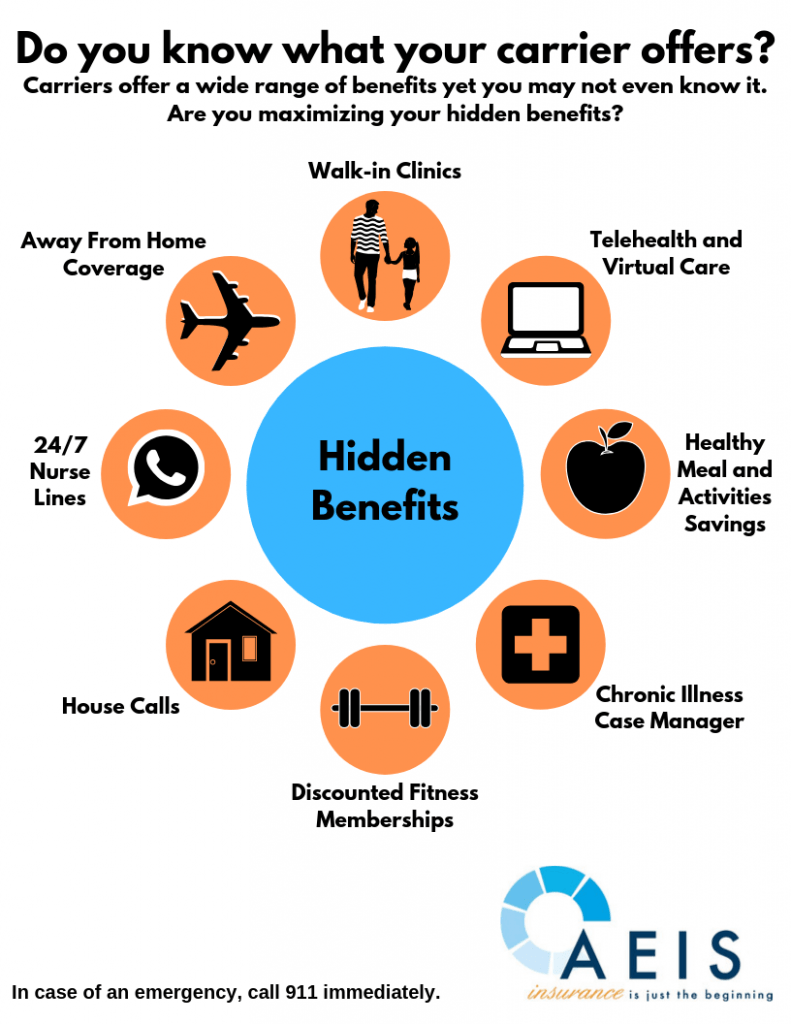Indicators on Medicare Advantage Agent You Need To Know
Indicators on Medicare Advantage Agent You Need To Know
Blog Article
Not known Facts About Medicare Advantage Agent
Table of ContentsMedicare Advantage Agent - QuestionsTop Guidelines Of Medicare Advantage AgentSome Of Medicare Advantage Agent
.png)
follows from adheres to the perplexing young reasonably profile of the uninsured with without insurance better health, wellness average, of younger personsMore youthful For those without accessibility to office health and wellness insurance policy, poor health is a potential barrier to acquiring nongroup coverage because such protection might be highly priced, omit pre-existing conditions, or be merely not available. Unless otherwise kept in mind, national estimates of people without health insurance coverage and proportions of the population with different kinds of coverage are based on the CPS, the most widely made use of source of quotes of insurance policy protection and uninsurance rates.
.png)
Rumored Buzz on Medicare Advantage Agent
Over a three-year duration beginning early in 1993, 72 million people, 29 percent of the U.S. population, lacked protection for at the very least one month. Within a solitary year(1994), 53 million individuals experienced at least a month without protection(Bennefield, 1998a). 6 out of every 10 uninsured adults are themselves utilized. Functioning does enhance the likelihood that one and one's family members will have insurance coverage, it is not a warranty. Also members of family members with two full-time wage income earners have almost a one-in-ten possibility of being uninsured (9.1 percent uninsured price)(Hoffman and Pohl, 2000 ). The relationship in between health and wellness insurance and accessibility to care is well established, as documented later on in this phase. The partnership in between wellness insurance coverage and health and wellness outcomes is neither straight neither easy, a substantial medical and wellness services research study literary works links wellness insurance coverage
to improved enhanced to care, better much betterHigh quality and improved enhanced individual population populace wellnessCondition The second record, on individual health and wellness results for without insurance adults, is stood for by the innermost circle of the figure, while the third report, on family members wellness, encompasses the topics of the 2nd record but stresses a various device of evaluation, particularly, the family. The sixth record in the collection will certainly provide information regarding strategies and campaigns carried out in your area, statewide, or across the country to attend to the absence of insurance policy and its damaging impacts. Levels of analysis for examining the results of uninsurance. This discussion of medical insurance coverage concentrates primarily on the united state population under age 65 due to the fact that essentially all Americans 65 and older have Medicare or various other public protection.
It focuses specifically on those without any wellness insurance coverage for any type of size of time. The problems encountered by the underinsured remain in some respects comparable to those dealt with by the without insurance, although they are typically less severe. Uninsurance and underinsurance, however, include noticeably different policy issues, and the strategies for addressing them might vary. Throughout this research study and the 5 official source reports to follow, the major emphasis gets on individuals with no medical insurance and thus no help in spending for wellness treatment beyond what is available via charity and safety and security net organizations. Wellness insurance policy is an effective aspect affecting invoice of treatment since both individuals and doctors react to the out-of-pocket cost of solutions. Health and wellness insurance, nonetheless, is neither required neither enough to access to medical services. However, the independent and direct impact of wellness
insurance policy coverage on accessibility to health and wellness solutions is well established. Others will obtain the healthcare they require even without wellness insurance policy, by spending for it expense or seeking it from service providers that use treatment cost-free or at highly subsidized prices. For still others, medical insurance alone does not make certain invoice of care due to other nonfinancial barriers, such as an absence of health and wellness care service providers in their community, limited access to transport, illiteracy, or linguistic and social differences. Official research concerning uninsured populaces in the USA dates to the late 1920s and early 1930s when the Board on the Expense of Healthcare created a series of records about financing doctor office sees and hospitalizations. This concern see it here came to be significant as the numbers of medically indigent climbed during the Great Anxiety. Empirical researches constantly support the web link between access to care and enhanced wellness results(Bindman et al., 1995; Starfield, 1995 ). Having a regular resource of care can be thought about a forecaster of access, instead than a direct measure of it, when wellness outcomes are themselves made use of as accessibility indicators. This extension of the notion of accessibility measurement was made by the IOM Board on Monitoring Accessibility to Personal Healthcare Services(Millman, 1993, p. Whether moms and dads are insured shows up to impact whether their kids obtain treatment in addition to how much careeven if the kids themselves have insurance coverage(Hanson, 1998). The health and wellness of moms and dads can impact their ability to look after their youngsters click here for info and the level of family members stress and anxiety. Fretting about their children's access to care is itself a source of stress for moms and dads. Three phases adhere to in this record. Phase 2 offers a summary of how employment-based medical insurance, public programs and private insurance coverage run and engage to offer substantial but insufficient coverage of the U.S. population. This consists of a testimonial of historic fads and public laws impacting both public and exclusive insurance, a conversation of the interactions among the different types of insurance policy, and an exam of why people move from one program to another or wind up

Report this page